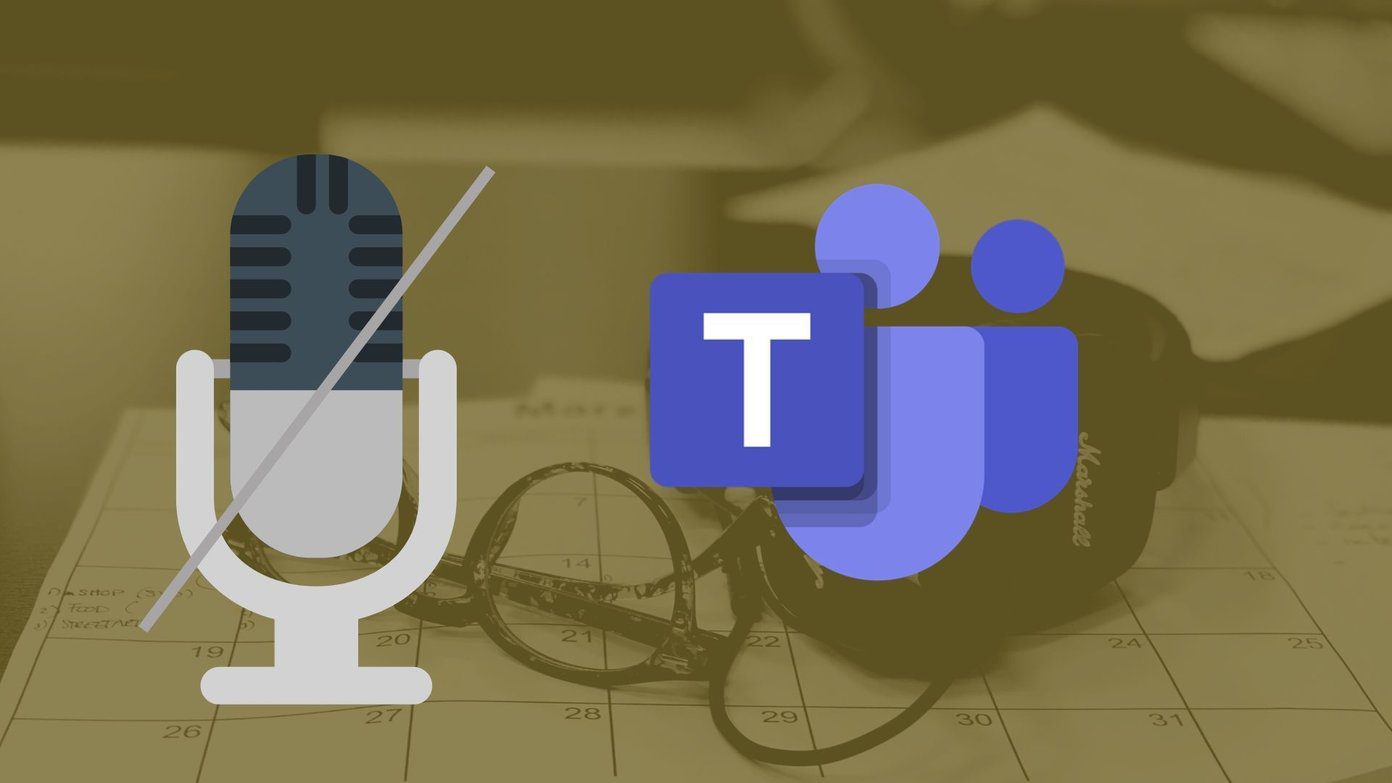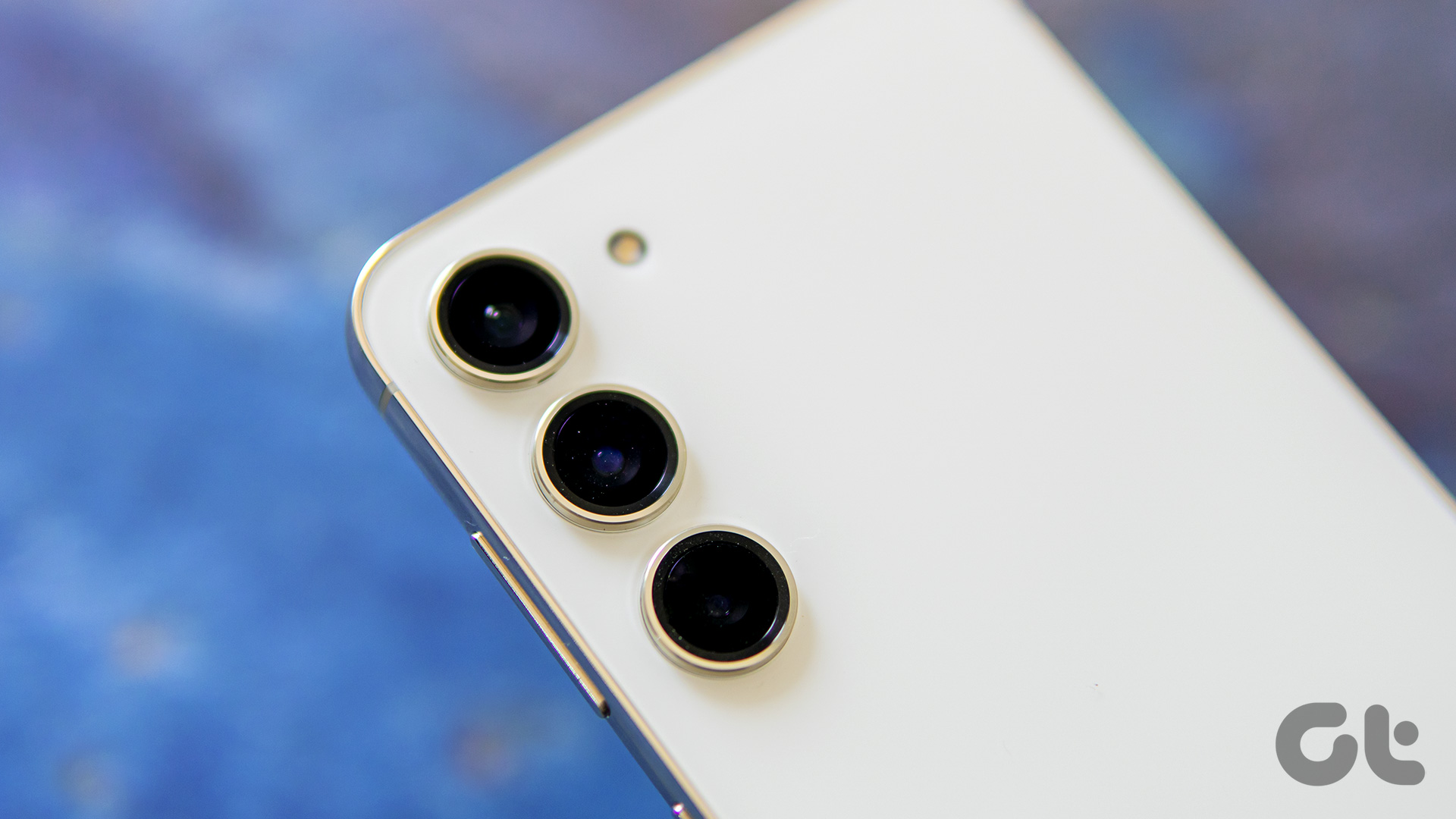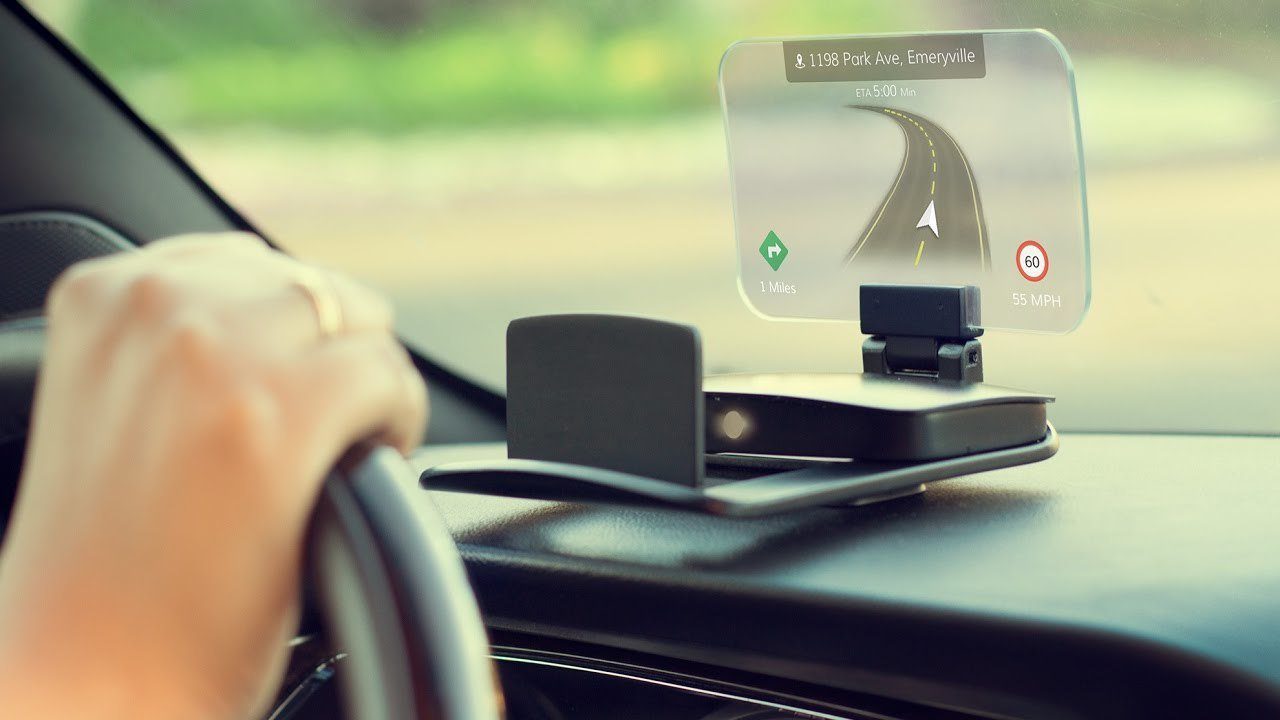Samsung has been dousing the flames created by the exploding Galaxy Note 7 last year, resulting in a complete global recall of the device and has been trying to regain customer trust ever since in order to avoid hitting its upcoming device sales. Though there has been no official announcement yet, leaks from sources such as Evan Blass and Slash Leaks have indicated towards a lot of features that the Samsung Galaxy S8 might sport.
Snapdragon’s Most Powerful Yet
The Samsung Galaxy S8 will be powered by Qualcomm’s Snapdragon 835 SoC, which is based on the thinnest 10nm chipset tech, enhancing its speed to 11 percent over its predecessor, — the Galaxy S7 — increasing the GPU’s processing speed by 23 percent and energy efficiency by 20 percent. Some markets might also receive Exynos-powered devices. The 64-bit octa-core Snapdragon 835 will deliver CPU speeds up to 2.45GHz and is supported by Adreno 540 GPU. The energy efficient design of the SoC is said to be a big plus for the device as it is rumoured to house only 3000 mAh on the smaller screen sized variant and 3500 mAh battery on the bigger one.
Bezel-less Design and Wraparound Display
This would be the first time in seven years of Galaxy devices that the company will forego its physical home button on the bottom of the screen. Speculations are that the home button is housed beneath the display. The lower part of the screen will sport pressure-sensitive tech, which can distinguish between the different type of screen presses depending on the force exerted. This tech was introduced by Apple in its iPhone 6s and iPhone 6s Plus.
Snappy Memory and Huge Storage
While a 4GB RAM variant of the device alongwith 64GB of internal storage and a slot to expand it further via microSD card is expected, there have also been rumours of the Samsung Galaxy S8 receiving a whopping 6GB RAM and 128GB of internal storage variant and another with 6GB RAM and 64GB of internal storage. The device will cost approximately Rs. 55,000 – Rs. 62,000 based on the specifications that a buyer chooses. It’ll be priced competitively in different markets based on the prices of Google’s Pixel and Apple’s iPhone — who’re said to be the prime rivals of the device.
Camera and Biometrics
The device will sport a 12MP rear snapper and an 8MP front snapper — which is an upgrade on Galaxy S7’s 5MP selfie cam. While there isn’t a significant change in the resolution of the imaging, the new primary camera is rumoured to feature visual search functionality. The visual search functionality is useful when you need to search for certain information from a photograph — for instance point towards a product of interest and get details about it from a relevant shopping site or Optical Character Recognition of a photographed text. The front cam gets an Iris scanner, which also featured on the discontinued Galaxy Note 7 devices. In absence of the Home button, the device houses the fingerprint sensor on the rear panel, besides the camera unit.
Bixby Support and Release Information
Samsung Galaxy S8 will feature the much-talked about artificial intelligence unit of the company — Bixby — claimed to be an equivalent of Google Assitant and Apple’s Siri. Bixby will get a dedicated physical button on the side of the device and the company also claims that it can handle more complex commands than its competitors. In the past, Samsung has been unveiling its Galaxy devices at the Mobile World Congress in Spain but that won’t be the case this year as the unveiling date is set for March 29 in New York. The Korean smartphone manufacturer is still trying to win back customer trust following the Galaxy Note 7 fiasco and also released key findings of why that happened in the first place. The company is working towards recapturing its brand image as it has also launched ad campaigns specifying the special care that they’re now taking while assembling their devices — making sure that there is no repeat of exploding devices bearing its name. The above article may contain affiliate links which help support Guiding Tech. However, it does not affect our editorial integrity. The content remains unbiased and authentic.













